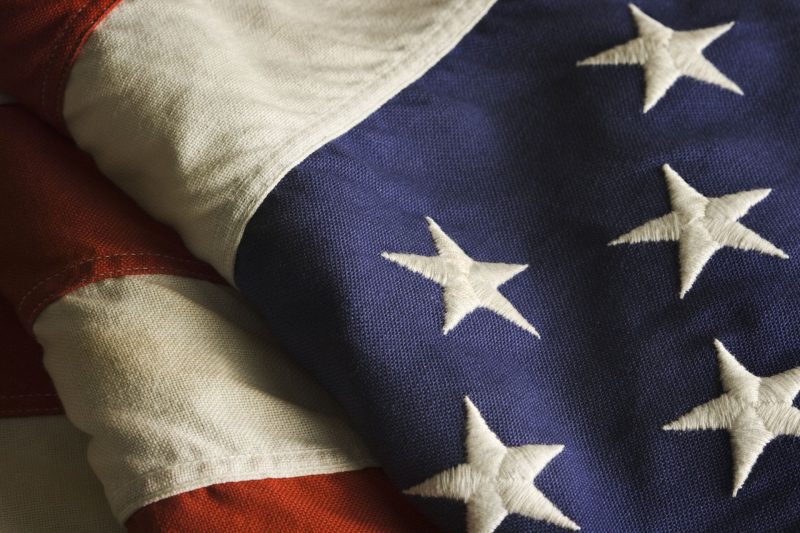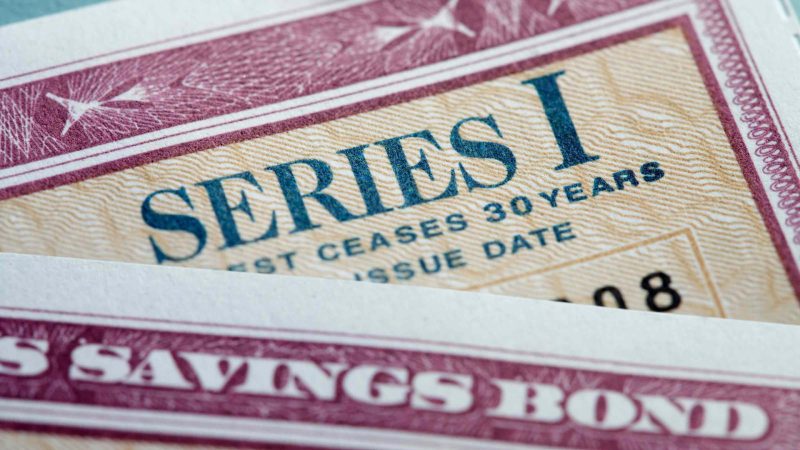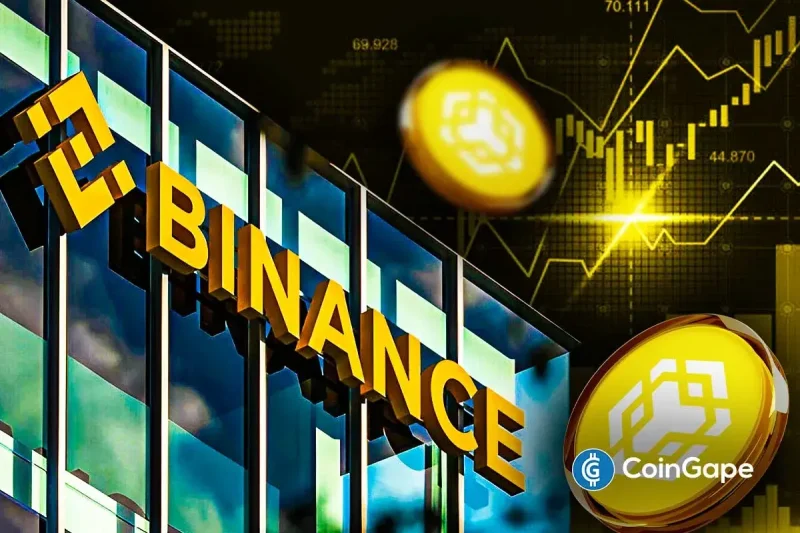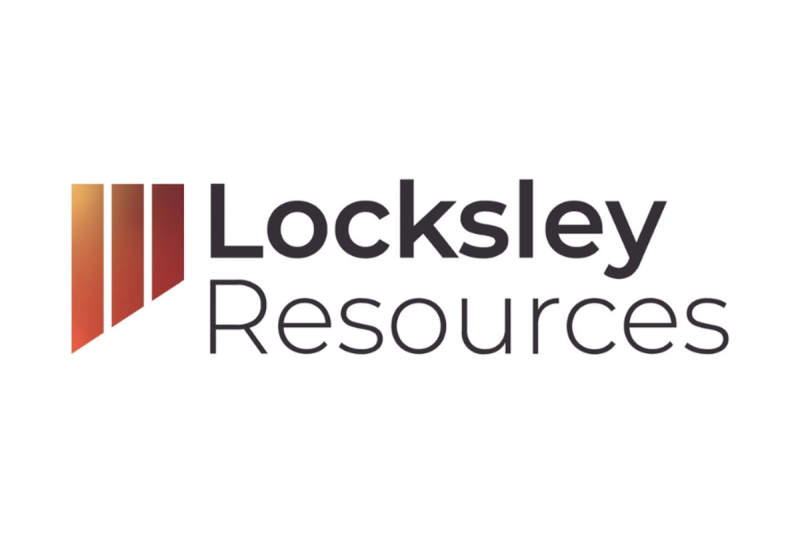The Current I-Bond Rate Until May Is Mildly Attractive. Here’s Why.
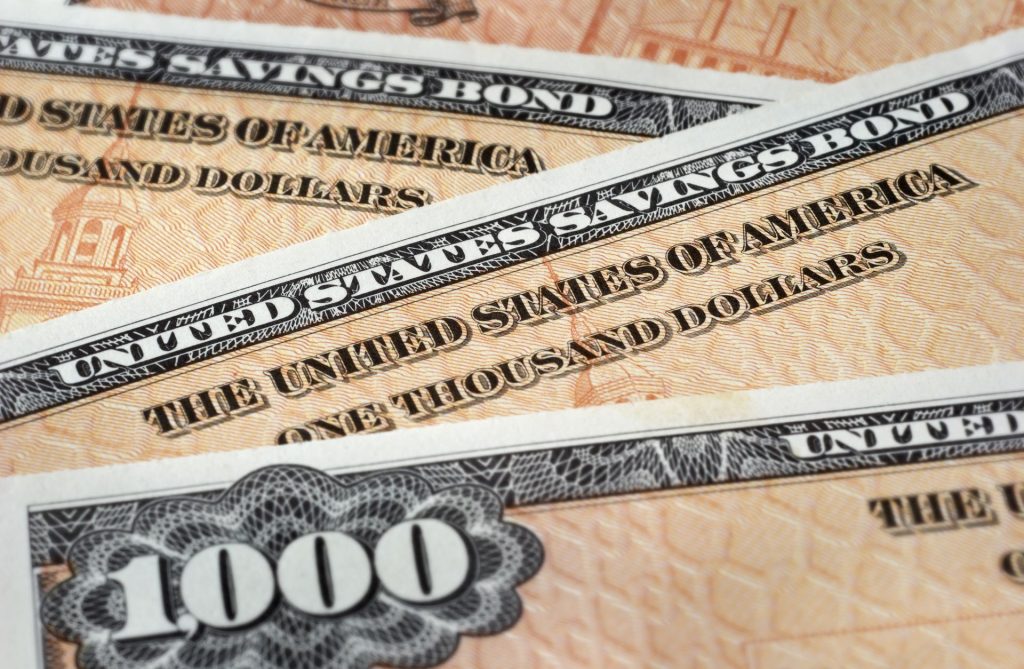
Close up photograph of U.S. Savings Bonds, selective focus.
Though the potential return of U.S. Treasury I-bonds as a long-term investment is no sure thing, Americans have voted for them with their wallets: Billions of dollars of these formerly obscure securities were sold in 2022, including in a last-minute rush at the end of October of that year to capture the 9.62% rate. The demand was so robust it knocked the TreasuryDirect website, the only place these bonds can be bought, offline at times.
Of course, you can get them just fine today, now that the current I-bond rate is down. The rate is set every six months, in May and November, and is made up of two components. One is based on the government’s consumer price index (CPI), and given that inflation has slowed since 2022, the rate for I-bonds has also slowed, but it is still an attractive prospect in certain lights.
The other component of the I-bond return is a fixed rate — picked by the Treasury Department without further explanation — that will only apply to bonds issued November 1, 2024 to April 30, 2025. And that fixed rate is, well, fixed — unlike the variable inflation component, whatever the fixed rate was when the bond was issued, you’ll get paid that for as long as you hold the bond (and the term is 30 years).
The current I-bond rate, valid for bonds issued November 1, 2024 through April 30, 2025, is 3.11%. That includes a fixed rate of 1.20%. To put that in context, the best high-yield savings accounts and the best CD rates are giving returns over 5%. However, rate cuts have brought CD rates down from their high in 2024. Halfway into 2024, the S&P 500 has had a year-to-date return of 19.62%, making analysts’ top S&P 500 stocks to buy an attractive option.
So, 3.11% is not all that much to write home about. But I-bonds are still on the table because they offer stability and a guarantee.
What makes the current I-bond rate attractive
Consider the fixed rate of an I-bond, which is an important component of what an I-bond is. That rate is fixed for as long as you hold the bond, which has a term of 30 years. So, if you purchase an I-bond between now and May, you’ll always get a return of at least 1.20%. Again, that’s not a huge return, but it’s a guarantee — and considering that people’s most popular investment is cash, 1.20% for 30 years is a much higher return than you might get with cash just sitting in a checking account.
So here’s an interesting twist, and possibly a consolation prize for anyone who didn’t manage to get I-bonds when they were paying a higher yield in 2022: those bonds paid a fixed rate of zero.
While it might seem unimaginable now — as the Federal Reserve has just started to lower short-term interest rates after a long period of higher rates, and other rates, including mortgages, have climbed to levels not seen in decades — zero inflation or deflation could return. And if that happens, those who hold bonds bought between now and April 30 will continue to receive 1.20% interest, while holders of the 9.62% bonds will receive — at least so long as inflation is flat or negative — nothing.
And, again, if 1.20% seems laughably low, remember that only a few years ago, savers looking to certificates of deposit, savings accounts and other low-risk investments would have been darn happy with that.
What to do with your I-bonds
First, I-bonds must be held for at least a year. There is no way to cash them before this period. And second, if you redeem them before five years from the time they were issued, the last three months of interest is lost.
Another key note: There’s a limit of $10,000 a year to how much you can buy in I-bonds. But, you can also get $5,000 in I-bonds if you use your tax return to buy them, and those bonds will be issued in cash.
In case you haven’t noticed, I-bonds are a little complicated. Ultimately, though, for the moment, they present a reasonably attractive long-term option for safe cash growth.
